Optimal Timing for Waterproofing Projects
Understanding the optimal timing for waterproofing projects is essential to ensure effectiveness and longevity. Weather conditions, temperature ranges, and seasonal changes all influence the success of waterproofing applications. Proper timing can prevent water infiltration issues and extend the durability of structures.
Spring offers moderate temperatures and increasing moisture levels, making it suitable for waterproofing before heavy rainfall.
Summer provides warm weather, ideal for certain waterproofing products that require high temperatures to cure properly.
Fall's cooler temperatures and dry conditions can be optimal for preparing structures before winter.
Winter is generally not recommended due to freezing temperatures, which can hinder application and curing.
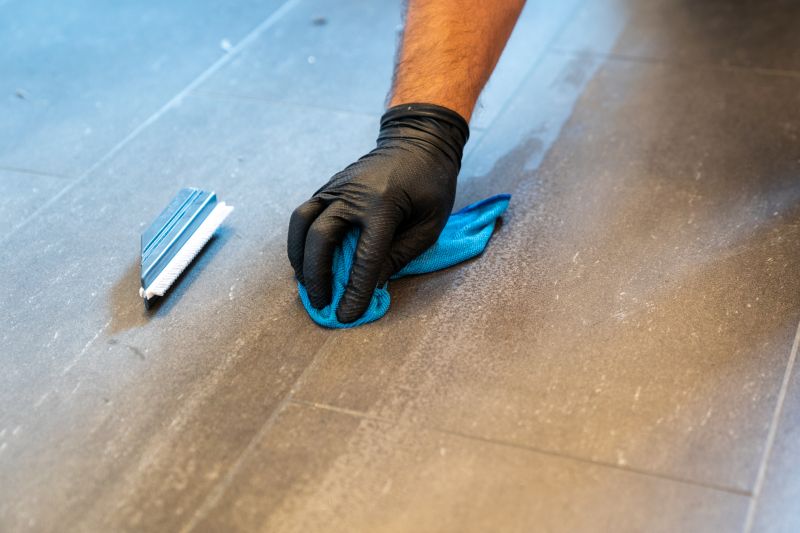
Ways to make Waterproofings work in tight or awkward layouts.
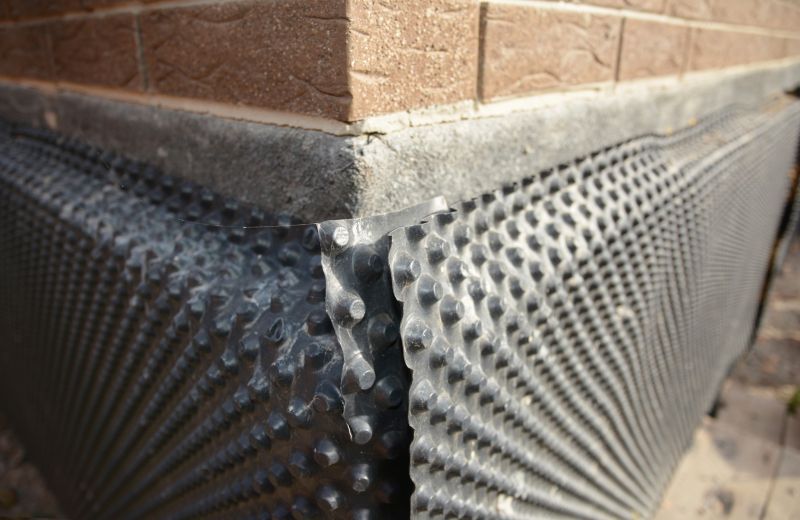
Popular materials for Waterproofings and why they hold up over time.
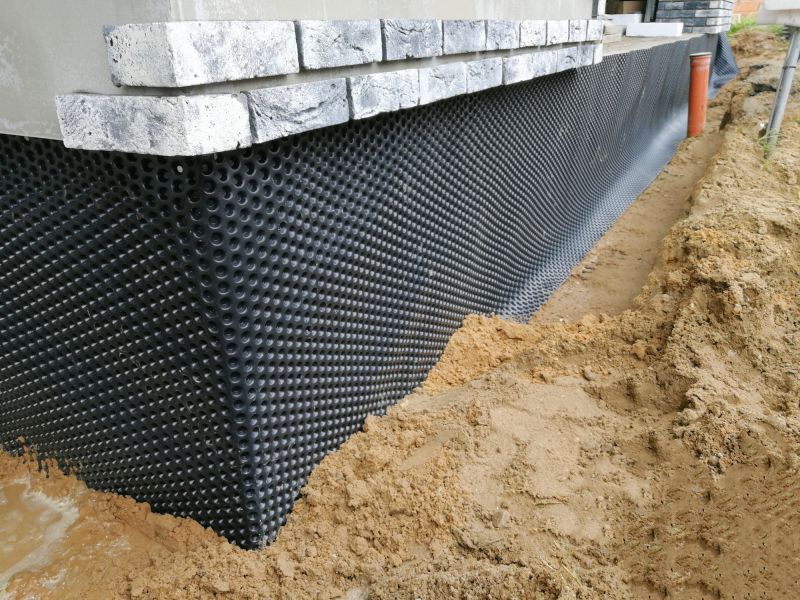
Simple add-ons that improve Waterproofings without blowing the budget.
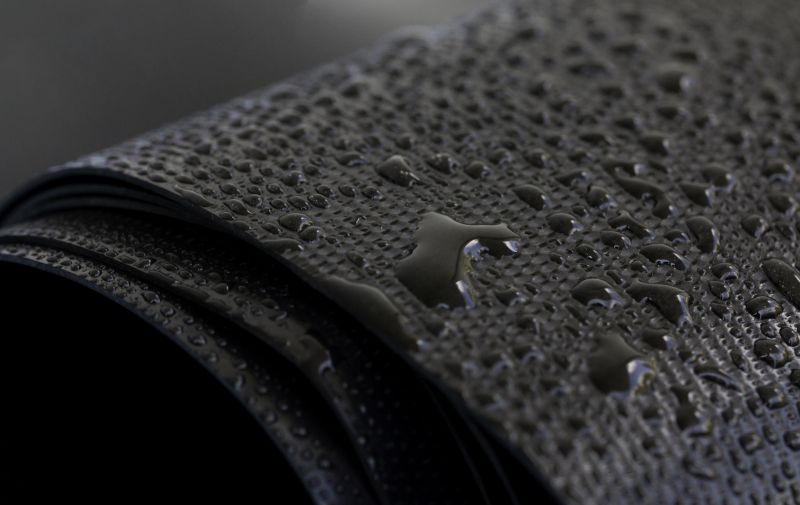
High-end options that actually feel worth it for Waterproofings.
Waterproofings are vital for protecting structures from water damage, which can lead to structural deterioration, mold growth, and costly repairs. Properly applied waterproofing solutions create a barrier that prevents water penetration, especially in areas prone to moisture exposure such as basements, roofs, and foundations. Statistics indicate that waterproofing can significantly extend the lifespan of buildings and reduce maintenance costs over time.
The most effective waterproofing methods depend on environmental conditions and the type of structure. For example, liquid waterproofing membranes are often preferred in areas with irregular surfaces, while sheet membranes are suitable for continuous surfaces. Regular inspections and timely applications are key to maintaining water resistance and ensuring structural integrity.
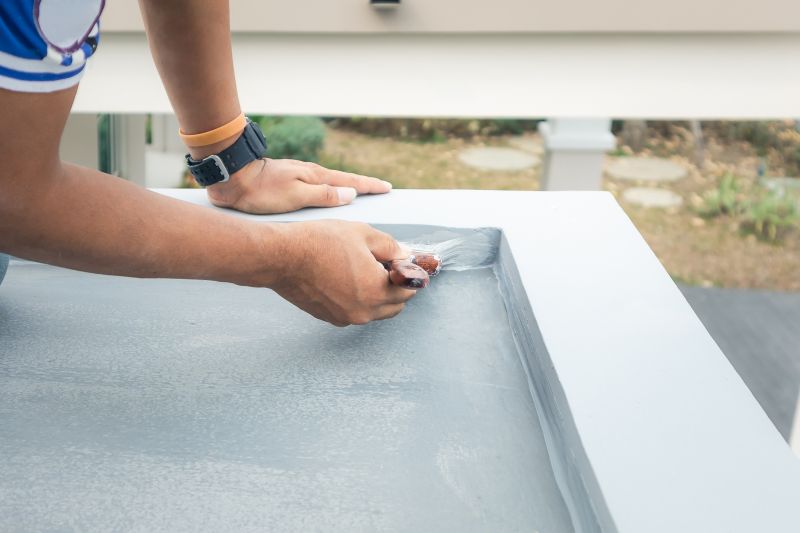
Finishes and colors that play nicely with Waterproofings.
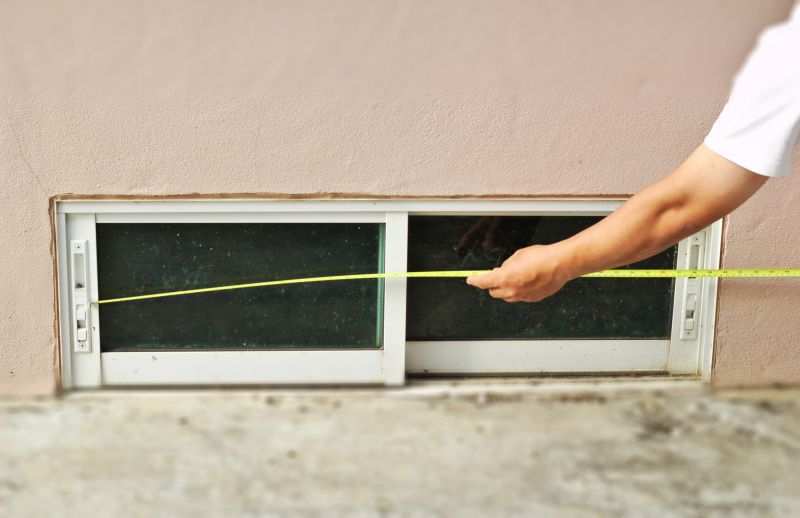
Little measurements that prevent headaches on Waterproofings day.
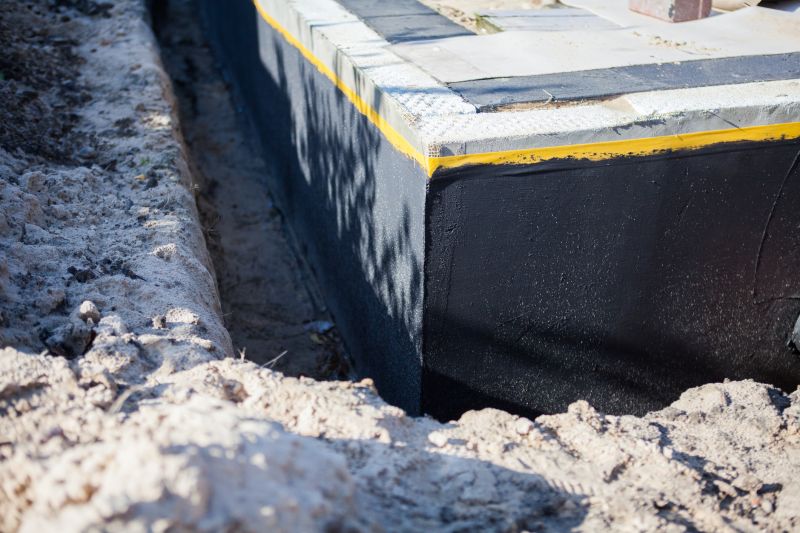
A 60-second routine that keeps Waterproofings looking new.
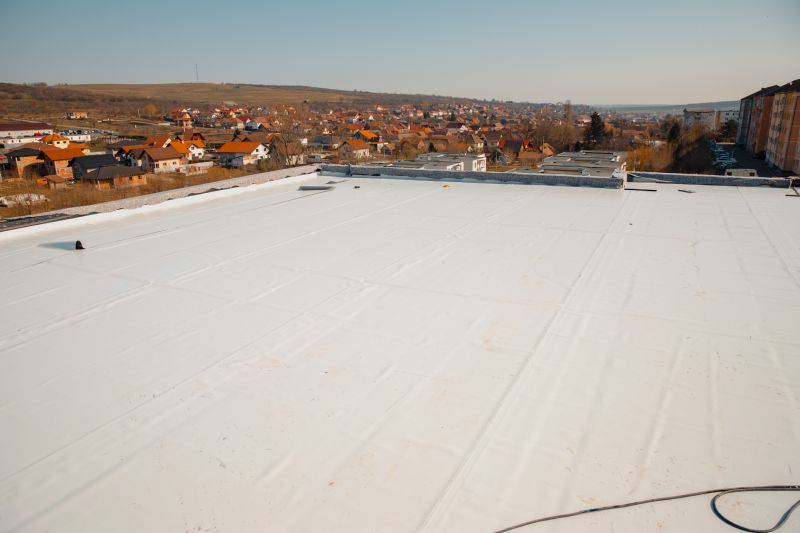
A frequent mistake in Waterproofings and how to dodge it.
| Season | Optimal Conditions |
|---|---|
| Spring | Moderate temperatures, increasing moisture, suitable for many waterproofing products. |
| Summer | Warm weather, ideal for products requiring high temperatures to cure. |
| Fall | Cooler temperatures, dry conditions, good for preparing structures before winter. |
| Winter | Freezing temperatures hinder application and curing; generally not recommended. |
Choosing the right time for waterproofing depends on local climate conditions and specific project requirements. Proper planning and timing can maximize the effectiveness of waterproofing measures, ensuring long-term protection against water damage.

Small tweaks to make Waterproofings safer and easier to use.
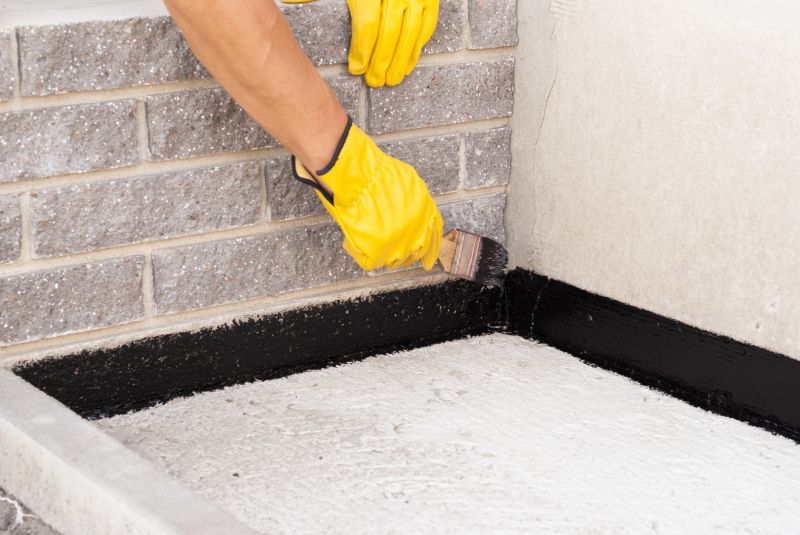
Lower-waste or water-saving choices for Waterproofings.
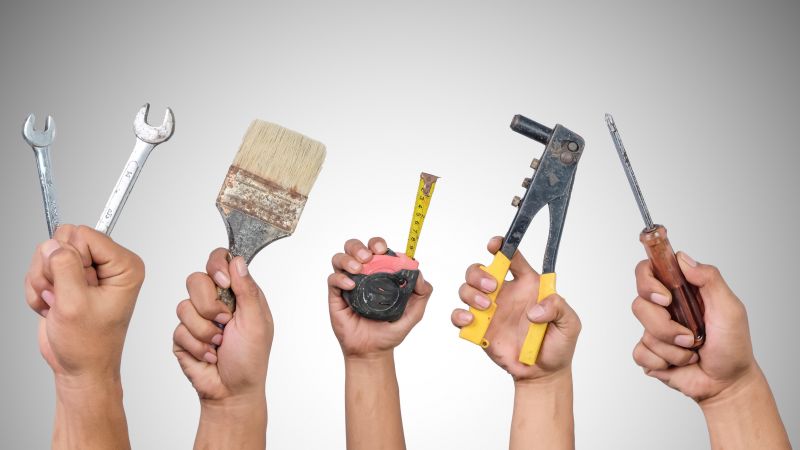
The short, realistic tool list for quality Waterproofings.
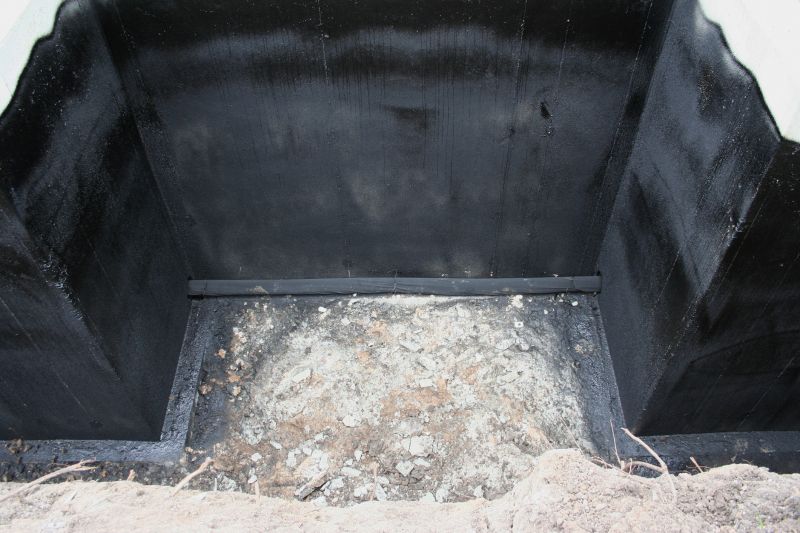
Rough timing from prep to clean-up for Waterproofings.
Interested in waterproofing solutions? Filling out the contact form can provide additional information and assistance tailored to specific needs. Proper timing and application are essential for effective waterproofing, helping to protect structures from water-related issues.

